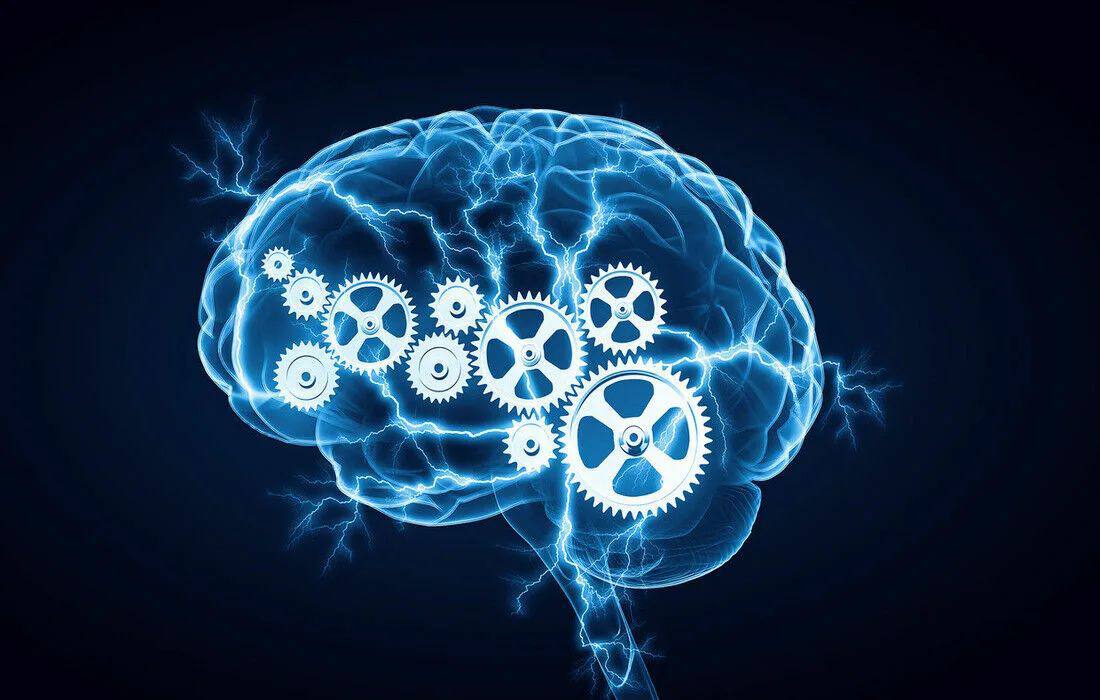Library - Page 6
Registered on ClinicalTrials
Antioxidant drug in neuroprotective therapy for glaucoma
Authors:
E.A. Egorov 1 , A.A. Gvetadze 1 , N.G. Davydova 2
1 rnim them. N.I. Pirogov;
2 FSBI "Moscow Research Institute of Eye Diseases. Helmholtz »Ministry of Health of the Russian Federation
The effectiveness of the use of 3-oxypyridine and amber acid derivatives in the complex treatment of primary open-angle glaucoma
Authors:
I.A. Volchersky 1 , E.V. Tour 1 , O.V. Solyannikova 1 , V.S. Rykun 1 , M.S. Sumin 2 , V.N. Dmitrienko 2 , E.V. Berdnikova 1
1 Department of Pharmacology (Head
- Prof. Dmitrienko) GMLPUZ "Chelyabinsk Regional Clinical Hospital", Medgorodok
The influence of a water -soluble antioxidant drug (Mexidol) on the sensitivity of the optic nerve and blood flow velocity in the arteries of the eyeball and orbit in patients with the primary open -angle glaucoma
Authors:
I.A. Volchersky 1 , E.V. Tour 1 , O.V. Solyannikova 1 , V.S. Rykun 1 , E.V. Berdnikova 1 , M.S. Sumin 2 , V.N. Dmitrienko 2
1 GBOU VPO "Chelyabinsk State Medical Academy" of the Ministry of Health and Social Development of Russia;
2 GMLPUZ "Chelyabinsk Regional Clinical Hospital"
Mexidol in the complex treatment of glaucoma
Author:
E.A. Egorov, N.G. Davydova, I.A. Romanenko, N.D. Novikova
RNIMU named after N.I. Pirogov, GB of GB named after Helmholtz, Moscow
Mexidol in the complex therapy of stable angina pectoris
Authors:
G.I. Nechaeva 1 , S.D. Kurochkina 2 , A.D. Trotsenko 3 , E.Yu. Bulakhova 2
1 Omsk State Medical Academy
2 Buzoo City Clinical Hospital No. 4
3 Buzoo Medical Center of the Ministry of Health of the Omsk Region
International multicenteric randomized double-tied placebo-controlled study of evaluating the effectiveness and safety of sequential therapy of patients with chronic brain ischemia drugs Mexidol® and Mexidol® Forte 250 (study of memo): Subanalysis results in patients with arterial hypertension
V.V. Zakharov 1 , O.D. Ostroumova 1.2 , A.I. Kochetkov 2 , M.V. Klepikov 2 , A.I. Fedin 3
1 FGAOU VO "First Moscow State Medical University named after THEM. Sechenov »Ministry of Health of Russia (Sechenov University);
2 FSBEI of DPO “Russian Medical Academy of Continuing Professional Education” of the Ministry of Health of Russia, Moscow;
3 FGAOU in Russian National Research Medical University named after N.I. Pirogov »Ministry of Health of Russia, Moscow
Place of publication:
therapy No. 1 (63) 2023
To the question of the evidence base of neuroprotective therapy: Focus on ethylmethylhydroxypyridine succinate
Authors:
A.I. Kochetkov, N.A. Shatalova, M.V. Klepikova, T.V. Filippova, O.D. Ostroumova
FSBEI DPO “Russian Medical Academy of Continuing Professional Education” of the Ministry of Health of Russia, Moscow
The effectiveness of Mexidol in patients of different age groups with chronic brain ischemia with cognitive disorders (the results of subanalysis of the international multicenter randomized double blind placebo-controlled study of memes)
Zakharov V.V. 1*, Tkacheva O.N. 2*, 3*, Mkhitaryan E.A. 2*, 3*, Fedin A.I. 2*
1* FGAOU VO "First Moscow State Medical University named after THEM. Sechenov »Ministry of Health of Russia
(Sechenov University), Moscow, Russia;
2* FGAOU in Russian National Research Medical University named after N.I. Pirogov »Ministry of Health of Russia,
Moscow, Russia;
3* Russian Gerontological Scientific and Clinical Center of the FGAOU in the Russian National Research
Medical University named after N.I. Pirogov »Ministry of Health of Russia, Moscow, Russia
Place of publication:
Journal of neurology and psychiatry named after S.S. Korsakova
2022, vol. 122, No. 11, issue. 2, p. 73–80
Promising Effects of Emoxypine and Its Succinate Derivate in the Management of Various Disess-Withs on Recent Patent Applications
Dhruv Sanjay Gupta, Siddhi Bagwe Parab, Ginpreet Kaur
Translated from Zhurnal Nevrologi I Psikhiatrii Imeni SS Korsakova, Vol. 121, no. 12, ISS. 2, pp. 69–76,
December 2021. Original Article Submitted December 20, 2021. Accepted December 22, 2021.
Place of publication:
Neuroscience and Behavioral Physiology, Vol. 52, no. 5, June, 2022
The results of an international multicenter randomized double-blind-controlled study of evaluating the effectiveness of the effectiveness and safety of consistent therapy of patients with chronic brain ischemia with Mexidol and Mexidol Forte 250 (study of Memo)
Registered on ClinicalTrials
A.I. Fedin 1 , V.V. Zakharov 2 , M.M. Tanashian 3 , E.I. Chukanova 1 , E.N. Majidova 4 , L.A. Shchepankevich 5.6 , O.D. Ostroumova 7
1 FGAOU in Russian National Research Medical University named after N.I. Pirogov »Ministry of Health of Russia, Moscow, Russia;
2 FGAOU VO "First Moscow Medical University named after THEM. Sechenov »Ministry of Health of Russia (Sechenov University), Moscow, Russia;
3 FGBNU "Scientific Center for Neurology", Moscow, Russia;
4 Tashkent Pediatric Medical Institute of the Ministry of Health of the Republic of Uzbekistan, Tashkent, the Republic of Uzbekistan;
5 FSBEI in Novosibirsk State Medical University of the Ministry of Health of Russia, Novosibirsk, Russia;
6 FGBNU "Federal Research Center for Fundamental and Transalized Medicine", Novosibirsk, Russia;
7 FSBEA DPO “Russian Medical Academy of Continuing Professional Education” of the Ministry of Health of Russia, Moscow, Russia
Place of publication:
a journal of neurology and psychiatry named after S.S. Korsakova, 2021, T.121, No. 11
Neuroprotection for cerebral disasters at the stage of ambulance
Authors:
V.L. Dvushkevich, A.I. Okunevsky
FSBEI in Voronezh State Medical University named after N. N. Burdenko "of the Ministry of Health of Russia, Voronezh
Place of publication:
Medical alphabet No. 19/2017, volume No. 3. Emergency medicine
Original and reproduced drugs: what do the clinician need to know?
Author:
A.V. Schulkin, A.A. Filimonova
FSBEI in the Ryazan State Medical University of the Ministry of Health of Russia, Ryazan, Russia
Reproduced drugs: Benefit ratio/risk
E.A. Ushkalova 1 , S.K. Zyryanov 1.2 , I.A. Gopienko 1
1 FGAOU in Russian University of Friendship of Peoples, Moscow;
2 GBUZ in Moscow "City Clinical Hospital No. 24 of the Department of Health of the city of Moscow", Moscow
The use of Mexidol in intensive therapy of acute severe ischemic stroke
Authors:
Seryogin V.I., Dronova T.V.
GBU RO "Skopinskaya Central District Hospital", Ryazan Region, Russia
Place of publication:
Journal of Neurology and Psychiatry, 3, 2015; Ext. 2
Pharmacoeconomic analysis of neuroprotectors used in the treatment of ischemic stroke
Authors:
R.I. Yagudin 1 , A.Yu. Kulikov 1 , V.A. Krylov 1 , E.Yu. Soloviev 2 , A.I. Fedin 2
1 FGBU VO "First Moscow State Medical University named after THEM. Sechenov »Ministry of Health of Russia (Sechenov University), Moscow, Russia;
2 FSBI in Russian National Research Medical University named after N.I. Pirogov ", Ministry of Health of Russia, Moscow, Russia
Modern ideas about the antihypoxic and antioxidant effects of Mexidol
Author:
A.V. Schulkin
THE INFORMATION IS INTENDED FOR HEALTHCARE AND PHARMACEUTICAL PROFESSIONALS. THIS INFORMATION IS NOT INTENDED AS A SUBSTITUTE FOR MEDICAL ADVICE.
Source of photos and images Shutterstock.com














